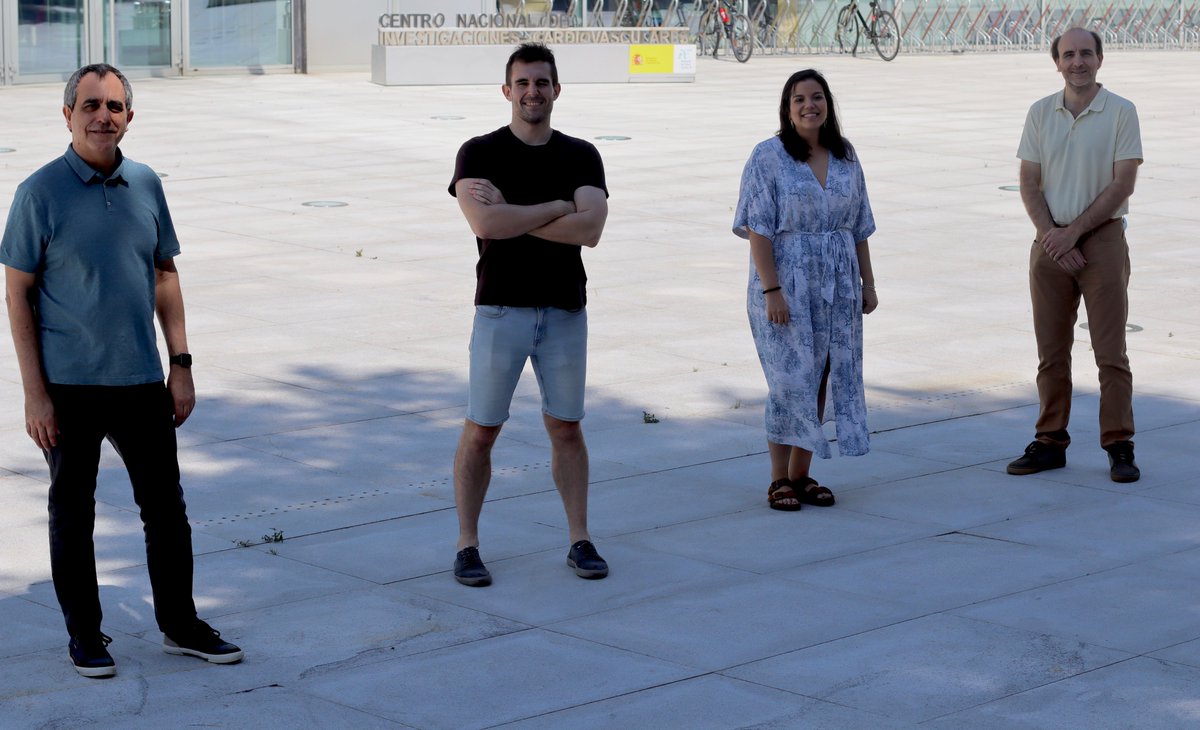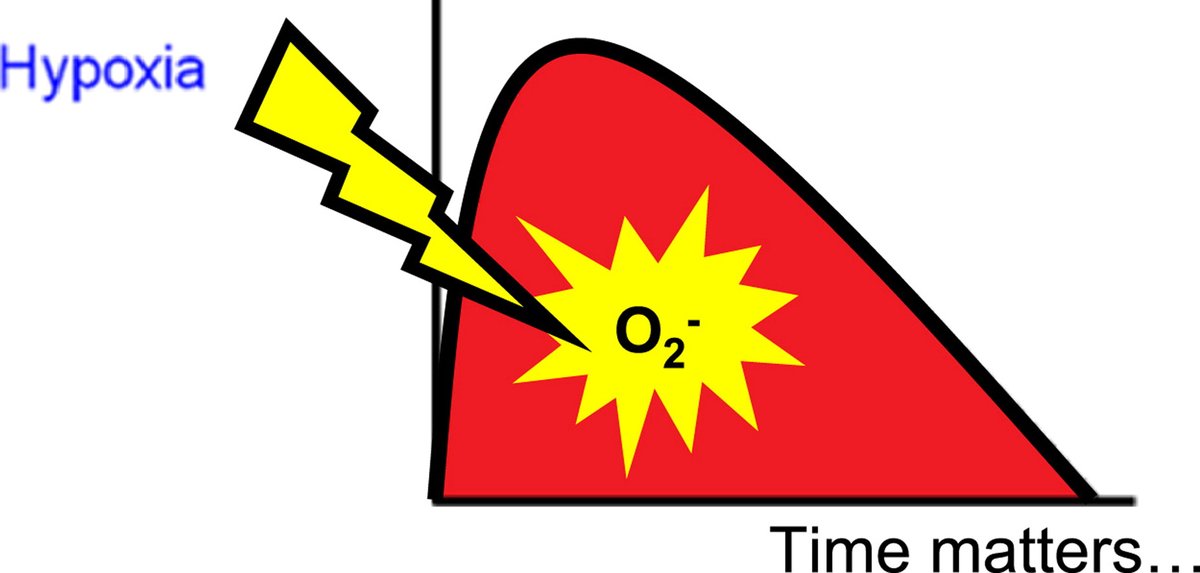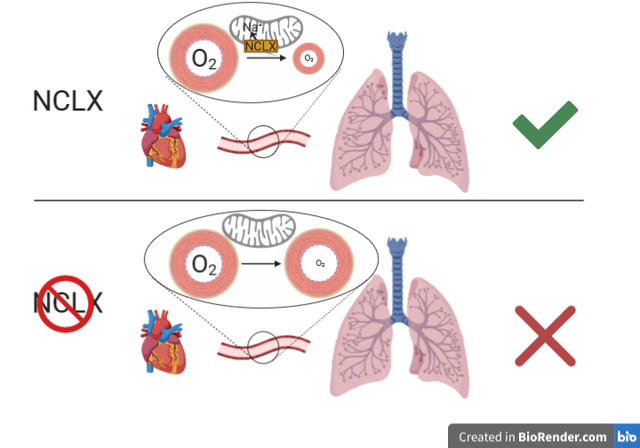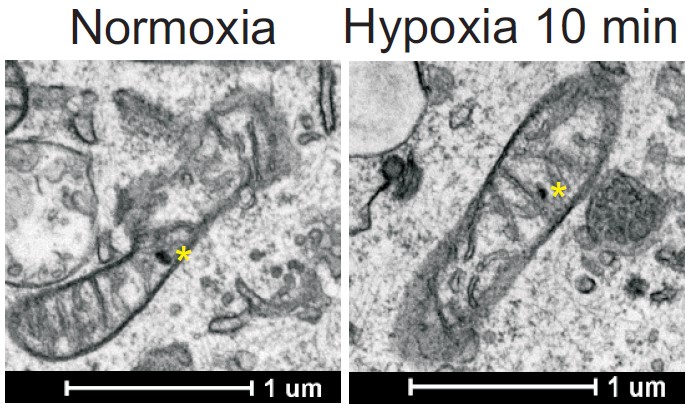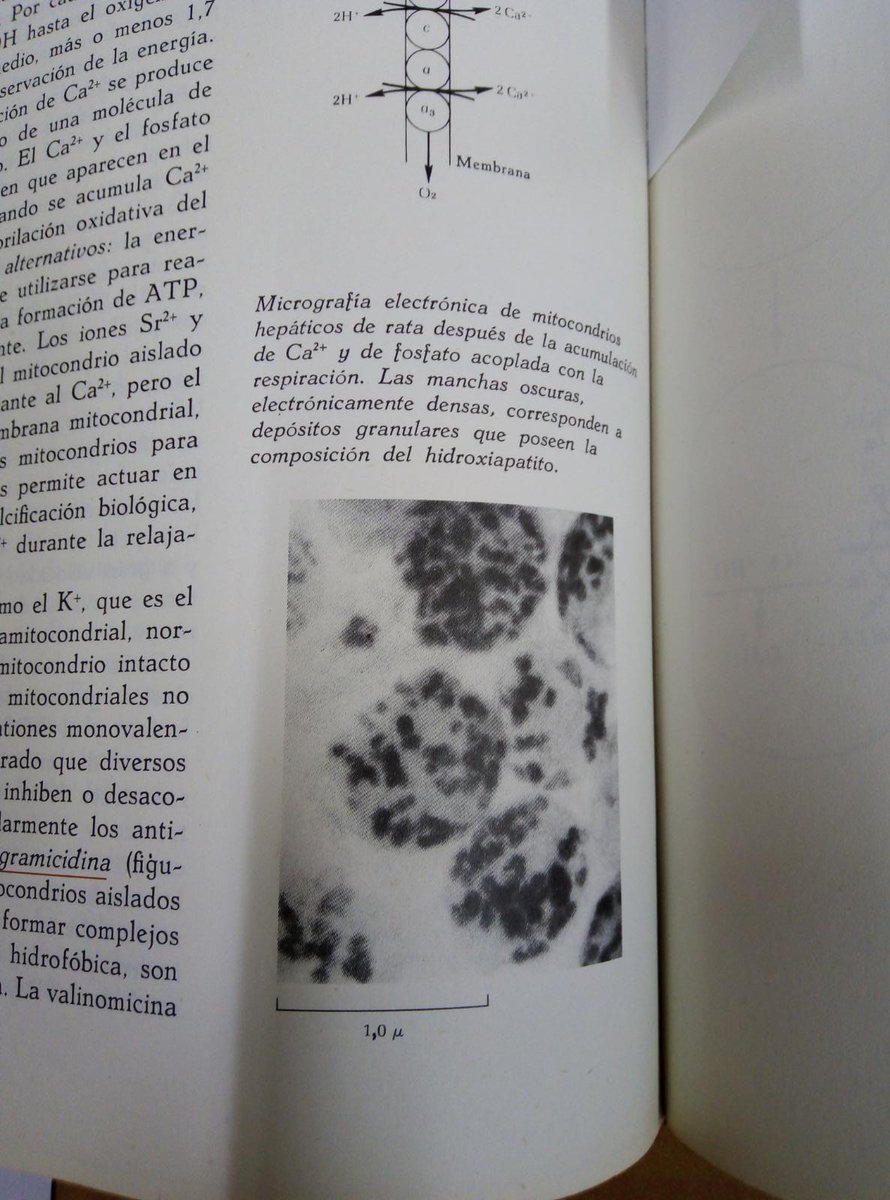Happy to show our work at @Nature today!
We unveil a mechanism of #mitochondria #redox signalling in acute #hypoxia, with several biochemical surprises in the way.
A thread telling who and what 1/n

 https://www.nature.com/articles/s41586-020-2551-y
https://www.nature.com/articles/s41586-020-2551-y
We unveil a mechanism of #mitochondria #redox signalling in acute #hypoxia, with several biochemical surprises in the way.
A thread telling who and what 1/n

 https://www.nature.com/articles/s41586-020-2551-y
https://www.nature.com/articles/s41586-020-2551-y
Great part of the ideas and work are from Pablo Hernansanz-Agustín, who started it during his PhD and continued as a postdoc.
Also great work from @CarmenChoyaF
And a fantastic collaboration with @GenoxphosLab led by Dr. José Antonio Enríquez
2/n
Also great work from @CarmenChoyaF
And a fantastic collaboration with @GenoxphosLab led by Dr. José Antonio Enríquez
2/n
A pleasure colllaborating with so many good scientists who have made great interdisciplinary contributions. In Twitter:
@CarregalSusana @BiomagMfb
@LauraMorenoGu @PPVessels
@avlecvie @R_AcinPerez
@Elisa_Navarro_
@mart1nezdelp0z0
@ElrodLab
3/n
@CarregalSusana @BiomagMfb
@LauraMorenoGu @PPVessels
@avlecvie @R_AcinPerez
@Elisa_Navarro_
@mart1nezdelp0z0
@ElrodLab
3/n
We previously showed that in acute hypoxia different cell types respond producing a superoxide burst…
4/n
https://linkinghub.elsevier.com/retrieve/pii/S0891584914001282
4/n
https://linkinghub.elsevier.com/retrieve/pii/S0891584914001282
… and that complex I deactivation in acute hypoxia is necessary for the superoxide burst and this acidifies the mitochondrial matrix
5/n
https://www.sciencedirect.com/science/article/pii/S2213231717301271
5/n
https://www.sciencedirect.com/science/article/pii/S2213231717301271
Pablo thought some time ago that the mitochondrial Na+/Ca2+ exchanger NCLX, which extrudes Ca2+ from and imports Na+ into the mitochondrial matrix, could be a key piece in the superoxide burst… 
And he was right!

6/n

And he was right!


6/n
This has several (patho)physiological implications. In the paper we show inhibiting NCLX partially abolishes of the hypoxic pulmonary vasoconstriction. Other implications may be shown in the future.
(we are working in some, but hopefully other groups will explore others)
7/n
(we are working in some, but hopefully other groups will explore others)
7/n
But…
a) How is NCLX activated in acute hypoxia?
b) How does its activity induce superoxide production?

We found some biochemical surprises…

8/n
a) How is NCLX activated in acute hypoxia?
b) How does its activity induce superoxide production?

We found some biochemical surprises…

8/n
a) We saw that NCLX activation in acute hypoxia is driven by an increase in soluble matrix Ca2+.
Ca2+ is tightly regulated in the mitochondria. If it increases, it should come from anywhere else…
9/n
Ca2+ is tightly regulated in the mitochondria. If it increases, it should come from anywhere else…
9/n
…but not, Ca2+ is already inside the mitochondrial matrix, in calcium phosphate granules that are dissolved in hypoxia and that release soluble Ca2+
(remember that matrix is acidifed by complex I deactivation, and granules are dissolved in acid)
10/n
(remember that matrix is acidifed by complex I deactivation, and granules are dissolved in acid)
10/n
This is not exactly new, these calcium granules were already described by Lehninger in the ‘60s and are explained in the first edition of his Biochemistry textbook.
(mitochondria overloaded with Ca2+; 1st Spanish edition of 1972, a gift from my sisters who studied with it)
11/n
(mitochondria overloaded with Ca2+; 1st Spanish edition of 1972, a gift from my sisters who studied with it)
11/n
b) How does NCLX activity induce superoxide production?
@Elrodlab had found that NCLX is fundamental for Ca2+ cycling, and we are glad that they have also collaborated in this work.
But not only Ca2+ is important…
(happy to collaborate with them)
https://doi.org/10.1038/nature22082
12/n
@Elrodlab had found that NCLX is fundamental for Ca2+ cycling, and we are glad that they have also collaborated in this work.
But not only Ca2+ is important…
(happy to collaborate with them)
https://doi.org/10.1038/nature22082
12/n
...We found that Na+ import is fundamental for ROS signalling.
Thus, we assign Na+ a role as a second messenger in mitochondria.
Usually, there is very few Na+ in the mitoch. matrix, so its import makes a real difference.
But how?...
13/n
Thus, we assign Na+ a role as a second messenger in mitochondria.

Usually, there is very few Na+ in the mitoch. matrix, so its import makes a real difference.
But how?...
13/n
Surprisingly, Na+ affected the activity between complex II and III, but neither complex II nor complex III activity. 
We show that Na+ interacts with phospholipids, diminishing memban fluidity and CoQ diffusion in the inner side of the membrane, producing O2- in complex III

We show that Na+ interacts with phospholipids, diminishing memban fluidity and CoQ diffusion in the inner side of the membrane, producing O2- in complex III
And the activity between complex I and III?
It is not affected by Na+, because they form a supercomplex with some CoQ in it, which is not affected by variations in membrane fluidity.
15/n
It is not affected by Na+, because they form a supercomplex with some CoQ in it, which is not affected by variations in membrane fluidity.
15/n
All these things can be found in the paper, so enjoy reading it…
https://www.nature.com/articles/s41586-020-2551-y
16/n
https://www.nature.com/articles/s41586-020-2551-y
16/n
I thank some of the institutions that supported me in this work; many other institutions supported the rest of the team.
IIS Princesa (not twitter #IIS-IP) @SaludISCIII @AgEInves Fundación Domingo Martínez @CIBER_CV @unicomplutense
17/17
IIS Princesa (not twitter #IIS-IP) @SaludISCIII @AgEInves Fundación Domingo Martínez @CIBER_CV @unicomplutense
17/17

 Read on Twitter
Read on Twitter